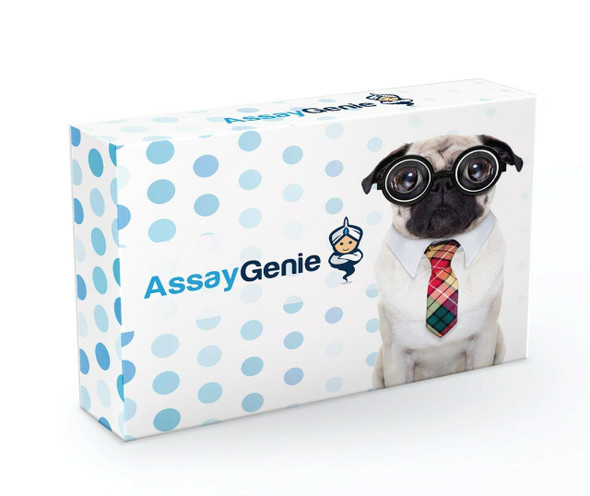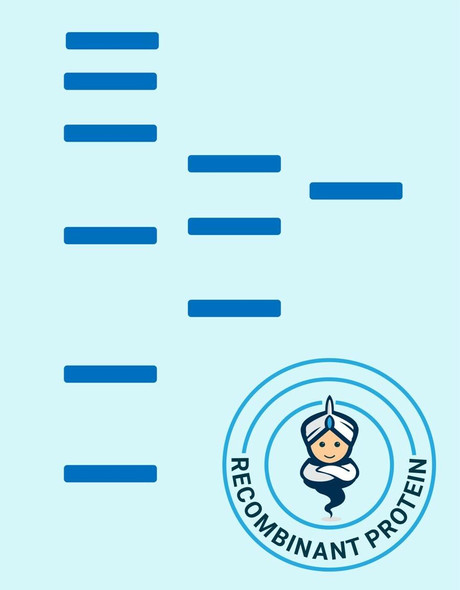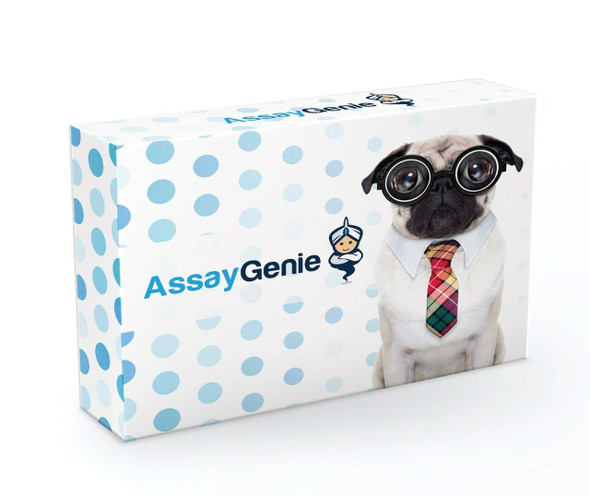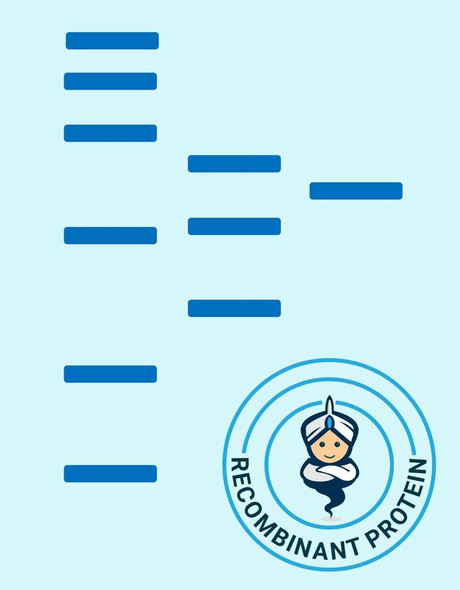Description
HIV-1 gp41 Monoclonal Antibody [NYRHIV1gp41] (CPAB0387)
The HIV-1 gp41 Antibody (CPAB0387) is a highly specific and reliable tool for research involving the HIV-1 gp41 protein, crucial for viral entry into host cells. This polyclonal antibody, produced in rabbits, exhibits strong reactivity with HIV-1 gp41 in human samples, making it a valuable asset for studies on HIV pathogenesis and antiviral drug development.The HIV-1 gp41 Antibody is validated for use in various applications, particularly Western blotting, enabling precise detection and analysis of the viral protein in different cell types. Its high specificity and sensitivity make it an essential tool for researchers in virology, immunology, and infectious diseases.
The HIV-1 gp41 protein is an essential component of the HIV envelope glycoprotein complex, critical for viral fusion and entry into target cells. Understanding the structure and function of gp41 is key to developing effective strategies for combating HIV infection and developing vaccines. The HIV-1 gp41 Antibody facilitates these efforts by enabling accurate detection and characterization of this key viral protein.
| Product Name: | HIV-1 gp41 antibody |
| Product Sku: | CPAB0387 |
| Size: | 500μg |
| Host Species: | mouse |
| Immunogen: | r.gp41 |
| Clone: | NYRHIV1gp41. |
| Reactivity: | Viral |
| Applications: |
| Purification Method: | Ion exchange column. |
| Isotype: | IgG1 |
| Background: | Human immunodeficiency virus (HIV) is a retrovirus that can lead to a condition in which the immune system begins to fail, leading to opportunistic infections. HIV primarily infects vital cells in the human immune system such as helper T cells (specifically CD4+ T cells), macrophages and dendritic cells. HIV infection leads to low levels of CD4+ T cells through three main mechanisms: firstly, direct viral killing of infected cells; secondly, increased rates of apoptosis in infected cells; and thirdly, killing of infected CD4+ T cells by CD8 cytotoxic lymphocytes that recognize infected cells. When CD4+ T cell numbers decline below a critical level, cell-mediated immunity is lost, and the body becomes progressively more susceptible to opportunistic infections. HIV was classified as a member of the genus Lentivirus, part of the family of Retroviridae. Lentiviruses have many common morphologies and biological properties. Many species are infected by lentiviruses, which are characteristically responsible for long-duration illnesses with a long incubation period. Lentiviruses are transmitted as single-stranded, positive-sense, enveloped RNA viruses. |
| Synonyms: | |
| Storage Buffer: | In lyophilized form, for long periods, store at 4o C in a dry environment. After reconstitution, if not intended for use within a month, aliquot and store at -20o C. |










